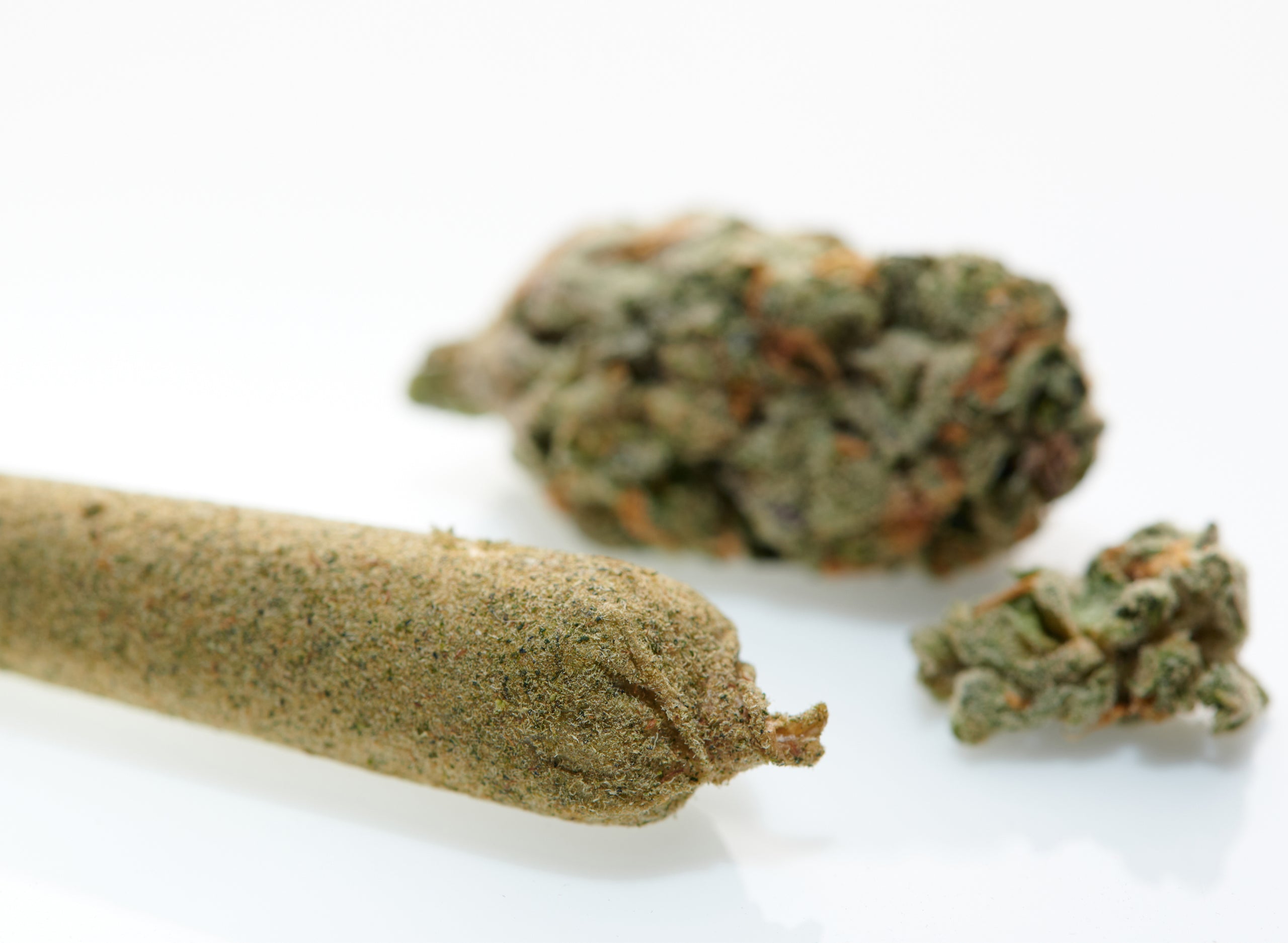Hydroponics is a method of cultivating plants without using soil. Instead, the plant's roots are suspended in a growing medium like clay pebbles or gravel, which holds the plant in place. Nutrients are applied directly to the roots using solutions, and excess water fed to the plants is often recycled back to them.
Hence, weed hydroponics refers to the cultivation of marijuana plants using a nutrient-water solution and a growing medium instead of soil. There are several different systems for cannabis hydroponics, from simple ones to sophisticated techniques that include multiple pumps, timers, and reservoirs. Although the latter can help take the load off daily labor, they require more maintenance and a substantial initial investment.
Growing weed in hydroponics has several advantages over other cannabis cultivation methods. Still, the principal merit is that hydroponic plants grow much faster. As a result, this can help increase crop production significantly. This is why many modern cannabis cultivators are switching to hydroponics for marijuana production.
Different Hydroponics for Weed Cultivation
There are several types of systems that cultivators can use for growing hydroponic cannabis. The techniques are similar because they utilize nutrient-enriched water solutions, but their setups differ widely depending on distinct factors. Here are some of the most prevalent hydroponic systems.
Deep Water Culture
The Deep Water Culture (DWC) is a basic hydroponic system for cannabis and other plants. For this reason, it is the best technique for beginners who may not have ample experience and require a few cannabis growing tips along the way.
In this configuration, plants are grown in separate containers that are within a grow tray suspended in water. A different water tank has an air pump that feeds the plants with oxygenated water, allowing the roots to remain submerged without lacking oxygen. Nutrients are also added to the water to feed the plants through the roots.
Ebb and Flow
Unlike DWC, the ebb and flow hydroponic system for weed does not continually submerge a plant's roots. This technique works more like an ocean tide that rises and falls. As a result, this method is also called the flood and drain system.
The system works by filling a grow tray with oxygenated water mixed with a nutrient solution. Once the tray is full, the pump turns off, and the water drains into a reservoir where it remains for a set interval before flooding the grow tray again.
The ebb and flow method is an excellent hydroponic system for weed since it provides plants with plenty of water in intervals, which allows the roots to get access to air when the water drips out. It also lets growers move their crops around throughout the different marijuana plant growing stages since the roots are not always beneath the water. Consequently, this facilitates better handling of plants and allows you to harvest and add more crops to the system quickly.
Nutrient Film Technique
The nutrient film technique features a setup that resembles the ebb and flow system. However, the nutrient film technique provides a steady flow of water and nutrients instead of flooding the grow tray in intervals. The reservoir usually contains an air stone that oxygenates the water as it flows to and from the grow tray.
For many growers, the biggest worry with this system is the water solution failing to exit the grow tray. Bacteria could develop and harm your plants if the water remains stagnant within the grow tray. To prevent this, cultivators usually place the grow tray at an angle steep enough to allow the solution to pass through entirely.
Drip System
A drip system in weed hydroponics is very similar to a drip irrigation system. Hence, it is among the most prevalent techniques for getting hydroponically grown weed. Essentially, this method utilizes drippers placed in each plant's growing medium to deliver equal amounts of oxygenated water and nutrient solution to the plants.
A separate water reservoir with a pump and air stones constantly supplies the grow tray with water through the drippers. Excess water that the roots don't absorb drains back to the reservoir and is pumped back through the system.
The drip system allows growers to harvest and swap out plants quickly by removing the droppers from the growing medium. This technique also enables growers to control the amount of water and nutrient solution each plant receives through customized flows. Furthermore, it allows growers to monitor and change the watering schedule depending on the needs of the plants.
Aeroponics
Aeroponics is arguably the most unique and futuristic hydroponic system for cannabis. In this method, the plants are placed on top of a large tank of water that's about 25% full. The oxygenated water and nutrient solution are then pumped into a misting valve that sprays a fine mist on the roots. The vapor soaks the roots, allowing them to get water, nutrients, and air simultaneously.
The most significant concern for growers using aeroponics is faulty or clogged-up misting valves. Without water, your plants will dry up and wilt rapidly. Moreover, setting up an aeroponics system can be very capital-intensive. Even so, this method of growing weed in hydroponics is effective for large-scale operations as it allows for successful vertical farming.
Wick System
The wick system is among the simplest hydroponic systems for weed. It features a container filled with growing medium and a separate tank containing the water and nutrient solution. Wicks connect the tank with the growing container and passively transport the water and nutrient solution to the roots using capillary action.
Using the wick system for growing hydroponic cannabis eliminates the need for a water pump and other machinery. As a result, the overall cost of this system is significantly less than more elaborate setups. Plus, growers new to hydroponics can use the wick technique to understand the fundamentals before investing in more advanced methods.
Growing Mediums
Before learning how to grow hydroponic weed, you must understand what growing mediums are. Essentially, a growing medium is a substance that holds the intersection between the roots and the stem in place. When growing marijuana without hydroponics, the soil provides a surface for structural support to the plants. However, growing weed in hydroponics requires planters to provide an alternative source of support.
Additionally, growing mediums also have spaces that allow air to circulate in the roots. The list of growing mediums used for cultivating hydroponic cannabis is virtually endless. Even so, some of the most prevalent ones include clay pellets and coco coir.
Hydroponic Solutions
When growing cannabis using hydroponics, farmers are responsible for providing all the nutrients the plants need to thrive. They include nitrogen, phosphorus, and potassium, among others. One benefit of this is that it allows cultivators to control the nutrients supplied to the root system. Moreover, the plants can get maximum nutrient uptake since they don't need to search for them.
The Bottom Line
Growing weed in hydroponics is a great way to maximize crop production and, in turn, improve business productivity. There are several types of hydroponic systems growers can use to cultivate cannabis, each having its pros and cons. Although attempting hydroponics may seem rather daunting, the guide provided in this article can help you choose and maintain your favorite setup.












Leave a comment
All comments are moderated before being published.
This site is protected by reCAPTCHA and the Google Privacy Policy and Terms of Service apply.